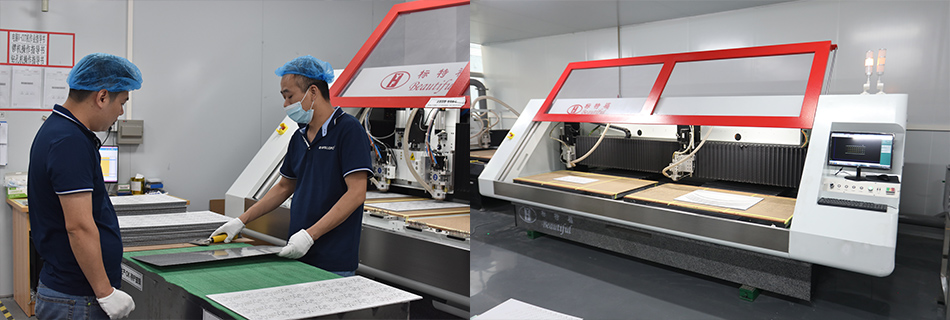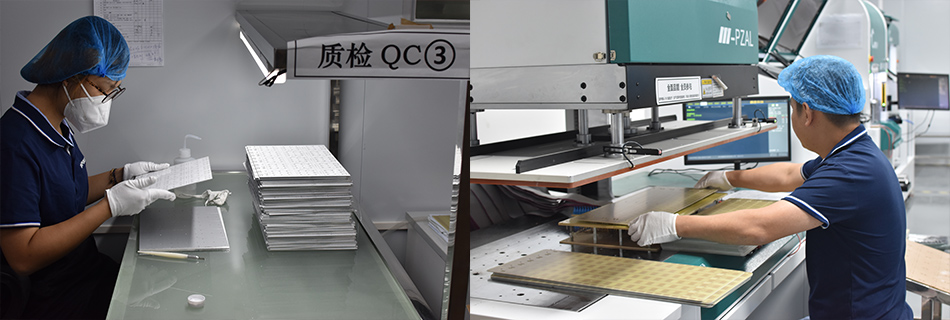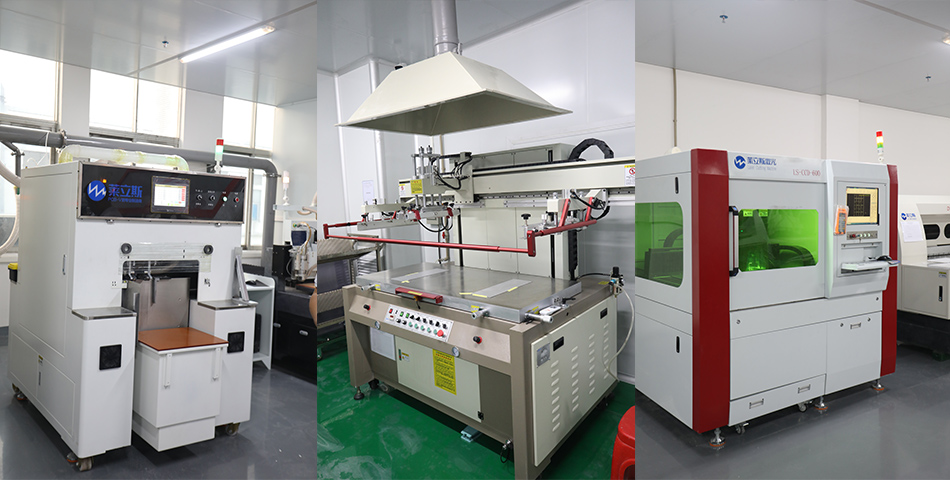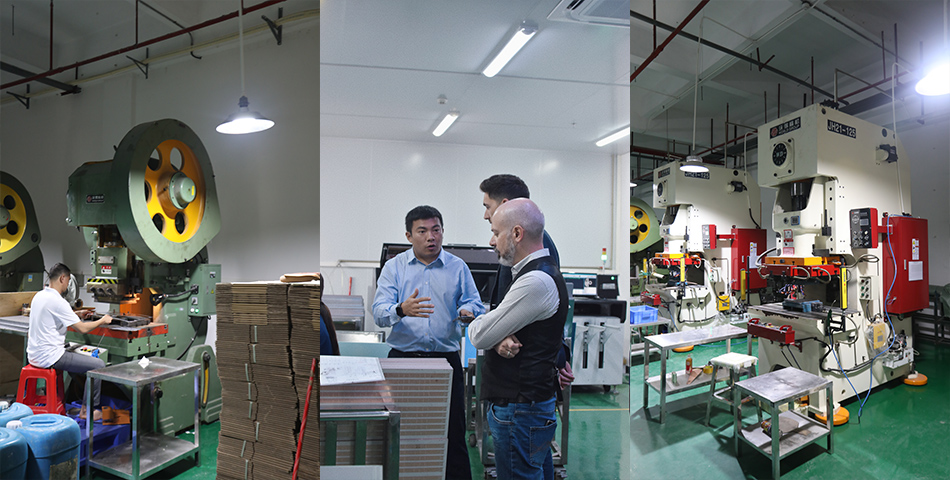-
- PCB TYPE
- PRINTED CIRCUIT BOARD PROTOTYPE ALUMINUM PRINTED CIRCUIT BOARD R&F PCB FPC HIGH FREQUENCY PCB HIGH-TG PCB HEAVY COPPER PCB HDI PCB PCB FOR LIGHTING METAL CORE PCB
time:Sep 23. 2025, 14:49:21
In the world of electronics, where performance and reliability are paramount, understanding the intricacies of printed circuit boards (PCBs) is crucial. One such critical aspect is impedance control in high-speed PCBs. This article will delve into the importance of impedance control, its impact on signal integrity, and how it influences PCB manufacturing processes.
Impedance control in a PCB refers to the regulation of the characteristic impedance of the board's traces. In simpler terms, it's about ensuring that the electrical signals travel through the board without distortion or loss. Impedance control is essential, especially in high-speed PCBs where signals travel at higher frequencies.
In high-speed PCBs, where data transmission occurs at rapid rates, any impedance mismatch can lead to signal reflections, leading to data corruption and loss. By controlling impedance, engineers can ensure signals are transmitted cleanly, maintaining the integrity of the data throughout the system.

Signal integrity is a measure of the quality of an electrical signal as it travels through a PCB. Good signal integrity implies that the signal reaches its destination with minimal distortion. Impedance control is a key factor in maintaining signal integrity, as impedance mismatches can cause signal reflections, leading to noise and data errors.
Trace Width and Thickness: The physical dimensions of PCB traces affect impedance. Wider or thicker traces have lower impedance.
Dielectric Material: The type of material used in the PCB affects how signals are transmitted. Materials with different dielectric constants will impact signal speed and impedance.
Trace Spacing: The distance between traces can cause electromagnetic interference if not properly managed, affecting signal integrity.

The process of manufacturing PCBs with controlled impedance requires precision and attention to detail. Manufacturers must consider various factors, such as materials, trace dimensions, and layer configurations to ensure that the final product meets the desired specifications.
Design Phase: In this phase, engineers define the required impedance for each trace based on the circuit's requirements. They use software tools to simulate and adjust the design to meet these specifications.
Material Selection: Choosing the right dielectric material is critical. The material's properties will influence the board's overall impedance.
Fabrication: During fabrication, manufacturers carefully control trace dimensions and spacing. Techniques such as etching and plating are used to achieve the desired trace geometry.
Testing: After fabrication, PCBs undergo testing to ensure that they meet the specified impedance requirements. This may involve time-domain reflectometry (TDR) testing to measure impedance along the traces.

Designing high-speed PCBs with controlled impedance presents several challenges. Engineers must balance various factors to ensure optimal performance while maintaining manufacturability and cost-effectiveness.
Material Variability: Variations in dielectric materials can lead to inconsistent impedance control.
Manufacturing Tolerances: Achieving precise trace dimensions is challenging, and small deviations can affect impedance.
Complex Designs: High-speed PCBs often require multiple layers and complex routing, increasing the difficulty of maintaining controlled impedance.

To overcome these challenges, engineers can employ several strategies:
Before fabrication, using advanced simulation tools helps predict how the PCB will behave and allows for adjustments to be made early in the design process.
Working closely with PCB manufacturers ensures that designs are feasible and that any potential issues are addressed before production begins.
Creating prototypes allows for testing and validation of impedance control and signal integrity, ensuring that the final product meets performance requirements.
Impedance control is a critical aspect of high-speed PCB design, directly impacting signal integrity and the overall performance of electronic devices. By understanding the factors that influence impedance and employing best practices in design and manufacturing, engineers can create reliable, high-performance PCBs.
As technology continues to evolve, the demand for high-speed, impedance-controlled PCBs will only increase, making it essential for engineers and manufacturers to stay informed and adept at managing these complex systems. With careful planning and execution, the challenges of impedance control can be effectively managed, ensuring the success of high-speed electronic applications.

Got project ready to assembly? Contact us: info@apollopcb.com



We're not around but we still want to hear from you! Leave us a note:

Leave Message to APOLLOPCB
